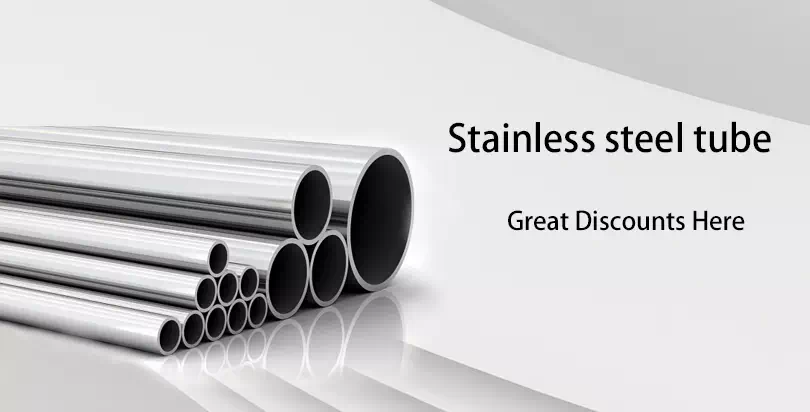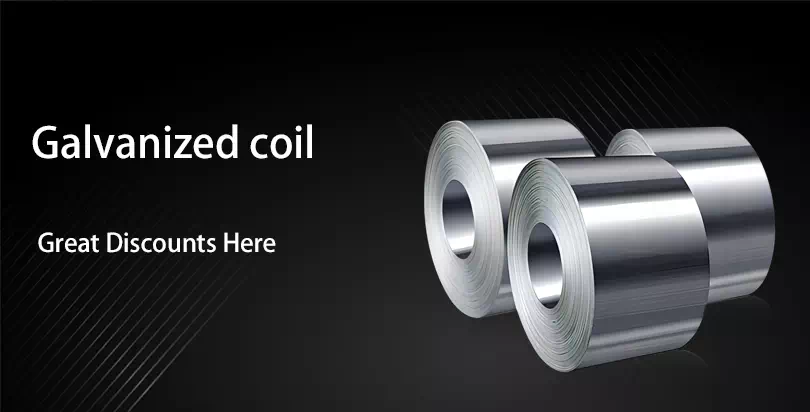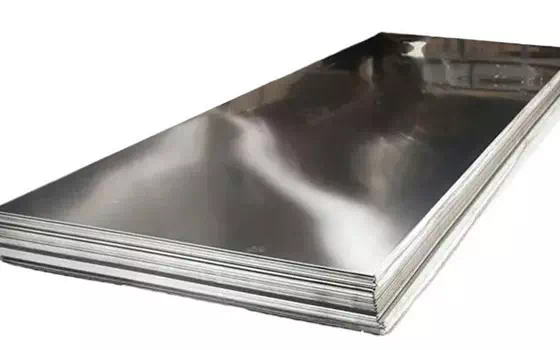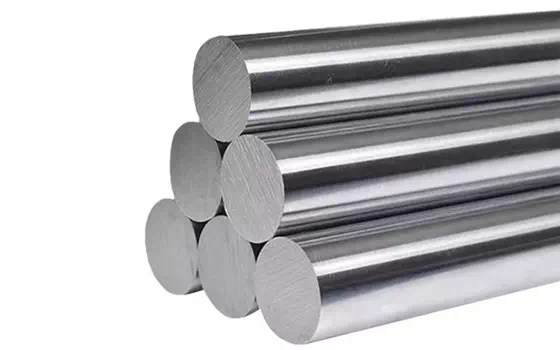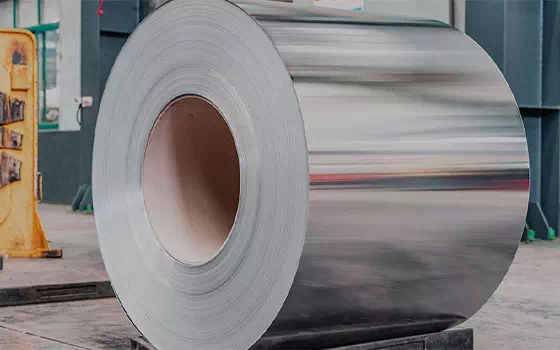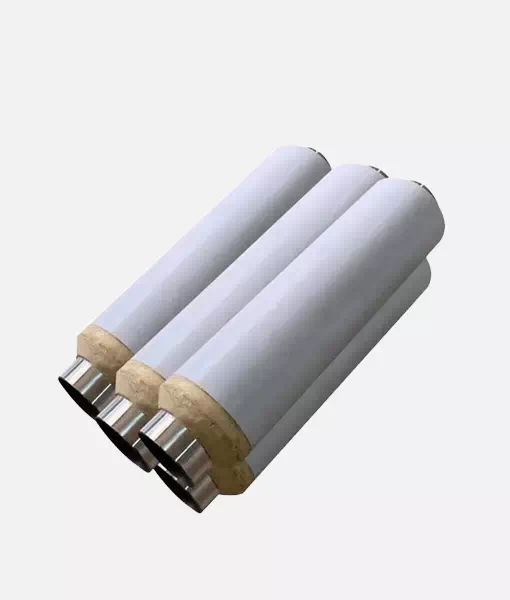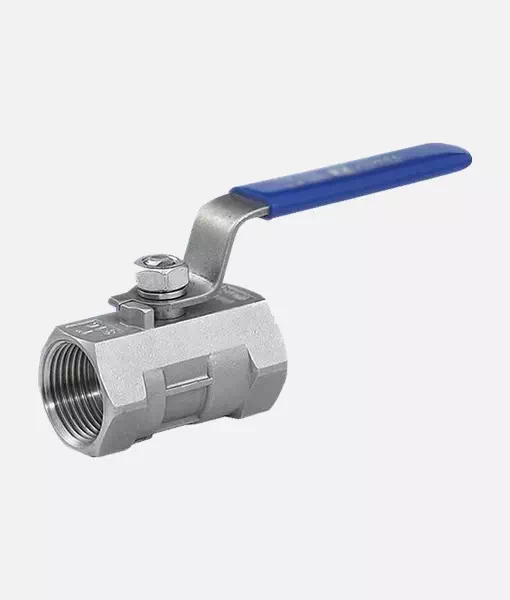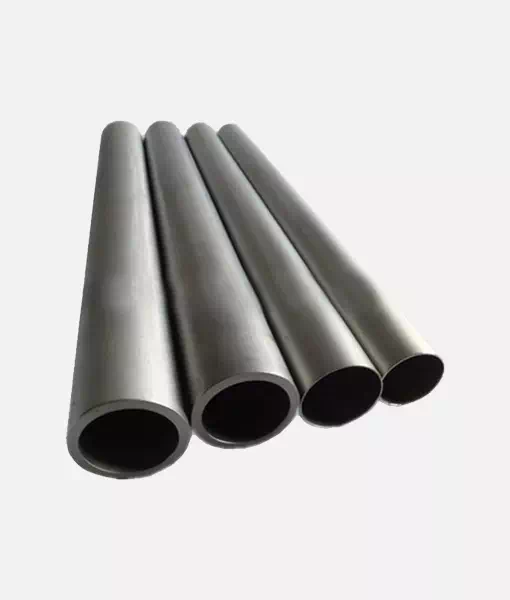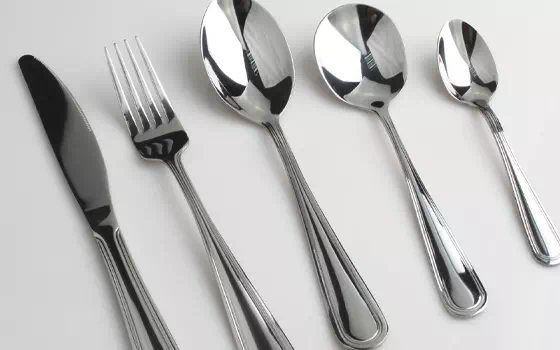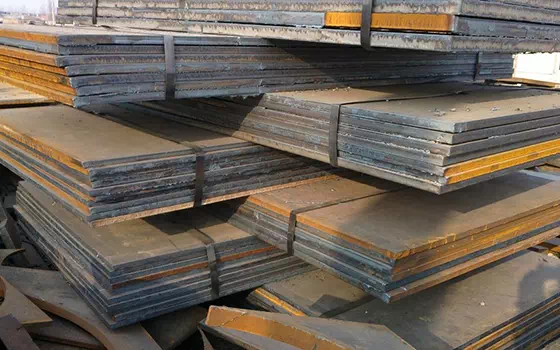Stainless steel hot-rolled steel plate
Stainless steel hot rolled steel plate is produced by hot rolling process of stainless steel plate. The thickness is not more than 3mm for the thin plate, the thickness is more than 3mm for the thick plate. Used in chemical, petroleum, machinery, shipping and other industries to manufacture corrosion-resistant parts, containers and equipment. Its classification and grades are as follows.
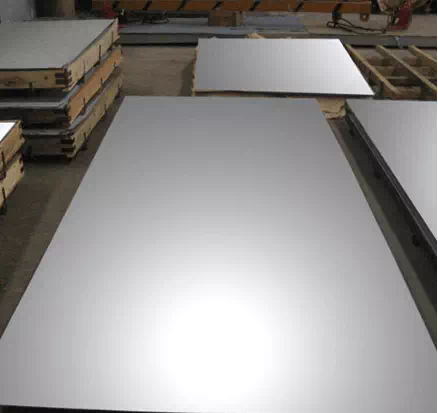
1. Austenitic steel
(1) 1Cr17Mn6Ni15N; (2) 1Cr18Mn8Ni5N; (3) 1Cr18Ni9; (4) 1Cr18Ni9Si3; (5) 0Cr18Ni9;.
(6) 00Cr19Ni10; (7) 0Cr19Ni9N; (8) 0Cr19Ni10NbN; (9) 00Cr18Ni10N; (10) 1Cr18Ni12; (11) 0Cr23Ni13
(11) 0Cr23Ni13; (12) 0Cr25Ni20; (13) 0Cr17Ni12Mo2; (14) 00Cr17Ni14Mo2.
(15) 0Cr17Ni12Mo2N; (16) 00Cr17Ni13Mo2N; (17) 1Cr18Ni12Mo2Ti; (18) 0Cr18Ni12Mo2Ti; (19) 1Cr18Ni12Mo2Ti
(19) 1Cr18Ni12Mo3Ti; (20) 0Cr18Ni12Mo3Ti; (21) 0Cr18Ni12Mo2Cu2; (22) 00Cr18Ni12Mo2Ti
(22) 00Cr18Ni14Mo2Cu2; (23) 0Cr19Ni13Mo3; (24) 00Cr19Ni13Mo3; (25) 0Cr18Ni16Mo5; (26) 0Cr18Ni16Mo5
(26) 1Cr18Ni9Ti; (27) 0Cr18Ni10Ti; (28) 0Cr18Ni11Nb; (29) 0Cr18Ni13Si4
2. Austenitic-ferritic type steel
(30) 0Cr26Ni5Mo2; (31) 00Cr18Ni5Mo3Si2
3.Ferrite type steel
(32) 0Cr13Al; (33) 00Cr12; (34) 1Cr15; (35) 1Cr17; (36) 1Cr17Mo; (37) 00Cr17Mo
(38) 00Cr18Mo2; (39) 00Cr30Mo2; (40) 00Cr27Mo
4.Martensitic steel
(41) 1Cr12; (42) 0Cr13; (43); 1Cr13; (44) 2Cr13; (45) 3Cr13; (46) 4Cr13
( 47 ) 3Cr16 ; ( 48 ) 7Cr17
5.Precipitation hardening steel
( 49 ) 0Cr17Ni7Al
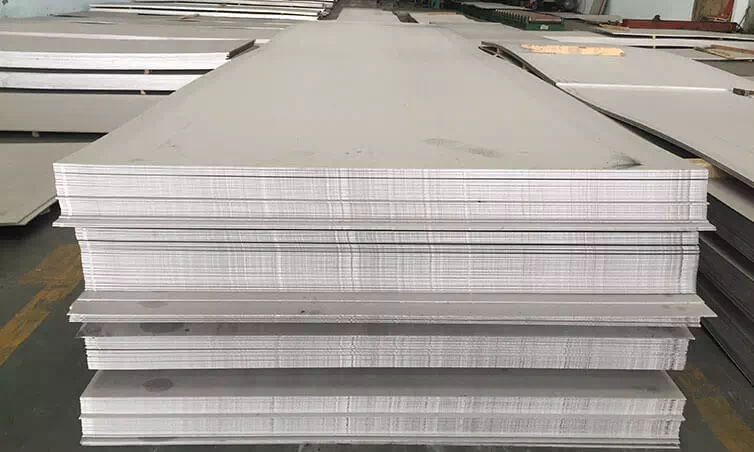
Stainless Steel Related(2)
Stainless steel cold rolled steel plate
Stainless steel cold-rolled steel plate is a stainless steel plate produced by the cold rolling process, a thickness of not more than 3mm for the thin plate, a thickness of more than 3mm for the thick plate. Used to make corrosion-resistant parts, petroleum, chemical pipelines, containers, medical equipment, marine equipment, etc., its classification and grades are as follows.
1 . Austenitic steel
In addition to the same as the hot-rolled part (29 kinds), there are (1) 2Cr13Mn9Ni4. (2) 1Cr17Ni7. (3) 1Cr17Ni8.
2 . Austenitic – ferritic steel
In addition to the same as the hot-rolled part (2 types), there are (1) 1Cr18Ni11Si4AlTi(2) 1Cr21Ni5Ti.
3 . Ferritic steel
In addition to the same as the hot-rolled section (9 types), there are 00Cr17.
4 . Martensitic steel
In addition to the same as the hot-rolled section (8 types), there are 1Cr17Ni2.
5. precipitation-hardening steel: the same as the hot-rolled section.
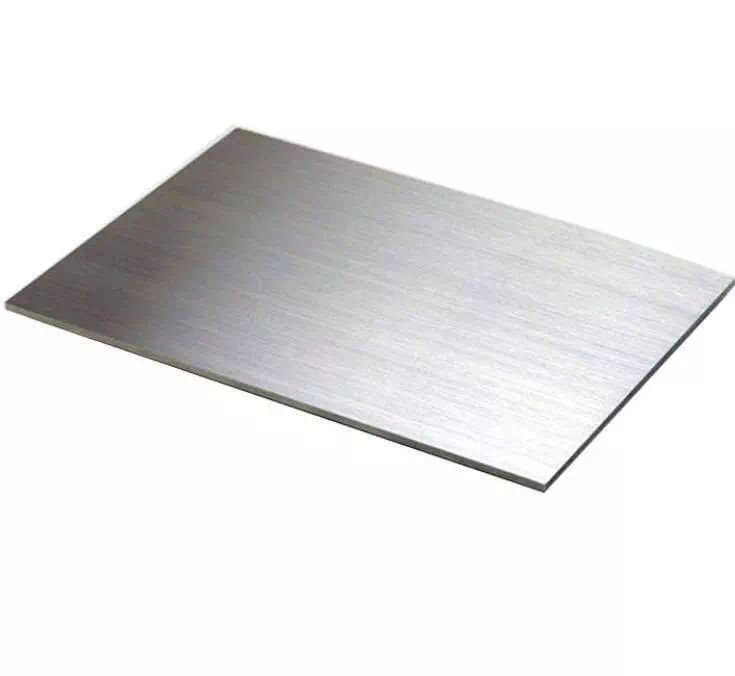
Stainless steel cold rolled steel plate
Ferrite, Austenite, Martensite introduction
As we all know, solid metals and alloys are crystals, i.e., the atoms are arranged according to certain rules inside them, and there are three general ways of arrangement, i.e., body-centered cubic lattice structure, face-centered cubic lattice structure, and dense hexagonal lattice structure. Metals are composed of polycrystals, and their polycrystalline structure is formed during the crystallization of metals. The iron of an iron-carbon alloy has two lattice structures: α-iron with a body-centered cubic lattice structure below 910 °C and Υ-iron with a face-centered cubic lattice structure above 910 °C. If the carbon atoms are squeezed into the lattice of iron without destroying the lattice structure of iron, such a substance is called a solid solution. The solid solution formed by dissolving carbon into α-iron is called ferrite, and its carbon solubility is extremely low, with a maximum solubility of no more than 0.02%. The solid solution formed by dissolving carbon into Υ – iron is called austenite, which has a high carbon solubility of up to 2%. Austenite is the high-temperature phase of iron-carbon alloys.
Austenite formed in steel at high temperatures becomes unstable subcooled austenite when it is subcooled to below 727 °C. If subcooled to below 230 °C at a very high cooling rate, the carbon atoms in the austenite have no possibility of diffusion, and the austenite will be directly transformed into a carbon supersaturated alpha solid solution, called martensite. Due to the carbon content supersaturation, causing martensite strength and hardness, plasticity decreased, increased brittleness.
The corrosion resistance of stainless steel is mainly derived from chromium. Experimental evidence, only when the chromium content of more than 12% steel corrosion resistance will be greatly improved, therefore, the chromium content of stainless steel is generally not less than 12%. Due to the increase in chromium content, the organization of steel also has a great impact, when the chromium content is high and little carbon, chromium will make the iron-carbon equilibrium, the diagram of the Υ phase area is reduced, or even disappear, this stainless steel for the ferrite organization structure, no phase change when heated, known as ferrite stainless steel.
When the chromium content is low (but higher than 12% ), the carbon content is high, the alloy in the cooling from high temperature, very easy to form martensite, so-called this type of steel for martensitic stainless steel.
Nickel can extend the Υ-phase region so that the steel has austenitic organization. If the nickel content is enough to make the steel at room temperature also has an austenitic structure, it is called this steel for austenitic stainless steel.


